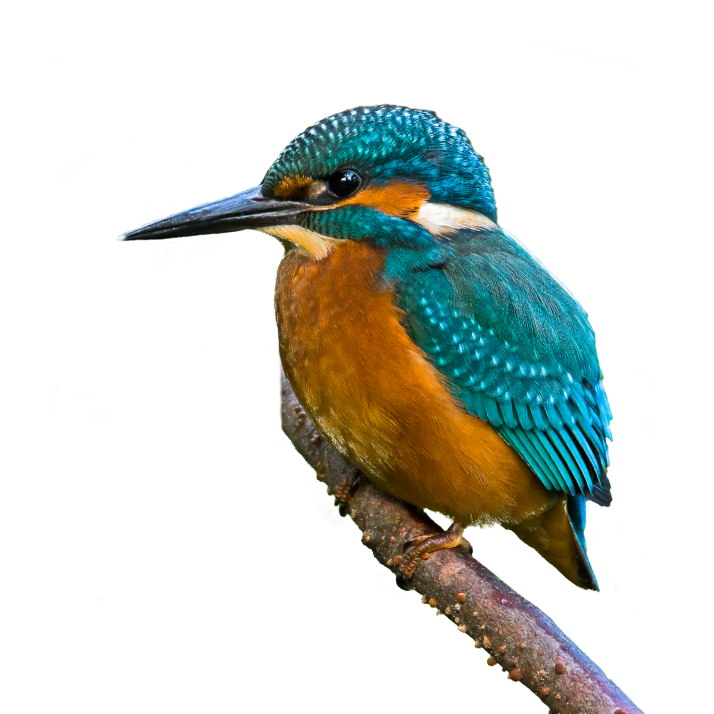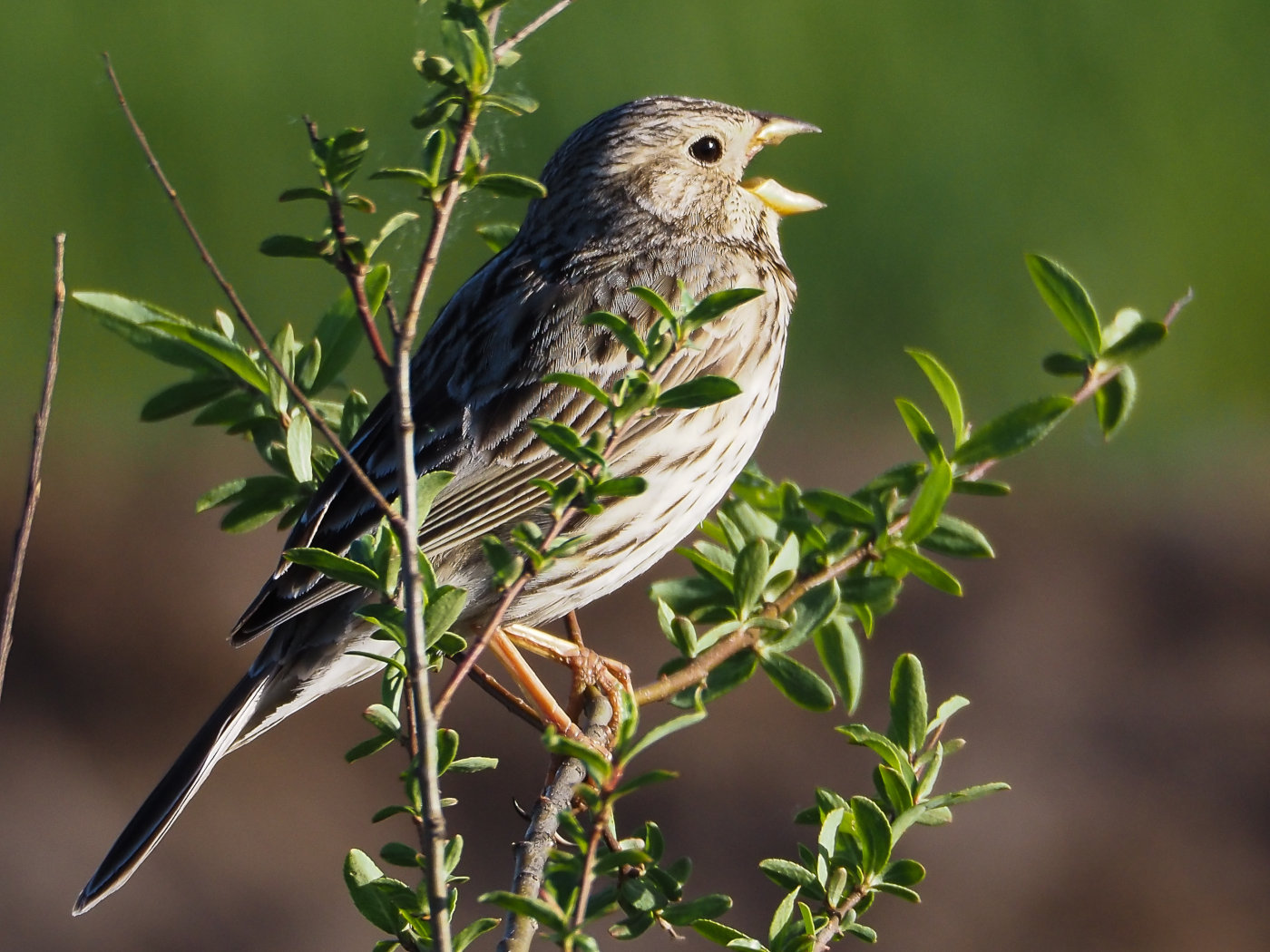Academy of Nature in Roztocze

A passion for birdwatching combined with an excellent knowledge of the terrain ensures an exciting experience every morning. Active rest in the fresh air in a group of several people is an opportunity to establish mutual relations and get to know the unique nature of Roztocze.
RegisterEnjoy bird watching with the Academy of Nature in Roztocze
Bird watching in the morning is a real emotion and positive energy for the whole day. Birdwatching combined with cycling gives wings to the mind and body. This elite hobby is achievable for all of us.
Upcoming expeditions
We offer trips Bird & Bike and Bird & Car, which provide observations of the most interesting species of birds living in Roztocze. The offer is constantly modified and takes into account changes in the number of individual bird species related to their biology and current environmental conditions.

Bird spring in Roztocze 19.04

Bird spring in Roztocze 20.04

Bird spring in Roztocze 21.04

Birds' Morning in the Meadow 22.04

Birds' Morning in the Meadow 23.04

Bird spring in Roztocze 28.04
News from Roztocze
White-backed Woodpecker (Dendrocopos leucotos)
The White-backed Woodpecker is one of the 10 Woodpeckers found in Poland. It lives in wet mixed forests, often near rivers and lakes where there are dead and decaying deciduous trees. A rare species in our country, as it is strongly associated with old stands, which are systematically removed from managed forests. Its number is estimated at about 500 pairs. The White-backed Woodpecker has a characteristic white spot on its back. In addition, it has a longer neck than the Great- spotted Woodpecker and a strong beak. The underside of his body is streaked, the undertail is reddish and the belly is pinkish, with white stripes on the wings. There is a red cap on the head of the male, which is missing in the female (foto). The White-backed Woodpecker, like other Woodpeckers, feeds on larvae, which it looks for in dead wood, systematically chipping off pieces of bark or soft wood. Watching this rare species of Woodpecker in Roztocze is a great joy for birdwatchers.
Lapwing - first bird of the spring
Lapwing (Vanellus vanellus) is a migratory bird and comes to us at the turn of February and March – early spring time. On the other hand, its first departures to wintering grounds take place in June, but the peak of migration falls on October and November. During migration, lapwings rest in fields, the exposed bottom of water reservoirs, or on sandy islands in river valleys. Starlings or Golden Plovers often join Lapwing flocks. These birds head to wintering grounds located in Western Europe and in the Mediterranean basin. Lapwing is an increasingly rare bird of the agricultural landscape. The number of this species is declining due to the increase in the intensification and chemicalization of agriculture (disappearance of pastures, drying of wet meadows, etc.). At the same time, too early mowing of meadows does not allow raising young offspring. In addition, the destruction of Lapwing nests by predators (cats, foxes, American minks, gray crows) is the cause of brood losses. Observation of Lapwing flocks in spring in Roztocze is an extraordinary spectacle that emphasizes the natural values of this region.
Pygmy Owl (Glaucidium passerinum) - the smallest owl in Poland.
Pygmy Owl (Glaucidium passerinum) is the smallest owl found in Poland. Its number is about 1000 -1500 pairs. The Pygmy Owl is found in the south, south-west and north-east of the country. Despite its small size, it is a fear among small birds in the forests and forests where it nests, because it can catch prey larger than itself. The Pygmy Owl hunts small passerine birds (tits, finches) and small mammals, such as mice and voles. It is active during the day. It is located in spruce forests, mixed with predominance of old hollow trees. The Pygmy Owl occupies woodpecker holes carved in living or dead trees. Its breeding takes place at the turn of April and May. During the incubation period, the male provides food to the female. The natural enemies of the Pygmy Owl are:Tawny Owl, Sparrow Hawk. This species is under strict species protection and there is a year-round protection zone within a radius of 50 m from the nest. The greatest threat to the habitats of the Pygmy Owl is wasteful forest management, removal of hollow trees, uncontrolled forestry work carried out in the vicinity of hollows during the breeding season, and simplification of the spatial structure of the stand. In Roztocze, there are less and less forest complexes suitable for this species, and the existing ones are shrinking due to the systematic felling of trees.
Waxwing (Bombycilla garrulus) - winter visitor from the north
Waxwing is a beautifully colored bird that comes to Poland for the winter. It appears in late fall and flies away in March or April. Waxwings live in the taiga in the vast coniferous and mixed forests of the Scandinavian countries and breed there one brood a year. At the top of the waxwing head there is a distinct triangular tip made of gray-brown feathers, which is like an extension of the forehead. Both males and females are similarly velvety in color. These birds live in herds of several dozen. Their presence reveals a characteristic sound, similar to bells. As the name suggests, this bird eats mainly mistletoe fruit, but it eagerly eats other fruits (rowan, hawthorn, privet, blackthorn, rosehip, snowball, buckthorn, juniper, yew, guelder rose). Usually, we can observe how these birds sit a dozen or so on one branch and eat mistletoe fruits. Digestion of the swallowed whole fruit is shortened and undigested food remnants (including seeds) are excreted, which contributes to the dispersal of seeds from various plants. They can often be watched when they drink water from rivers, and when most of the water is frozen, they eat snow. In Roztocze, waxwings are observed every year, mainly at the end of winter, and are a great attraction for birdwatchers.





